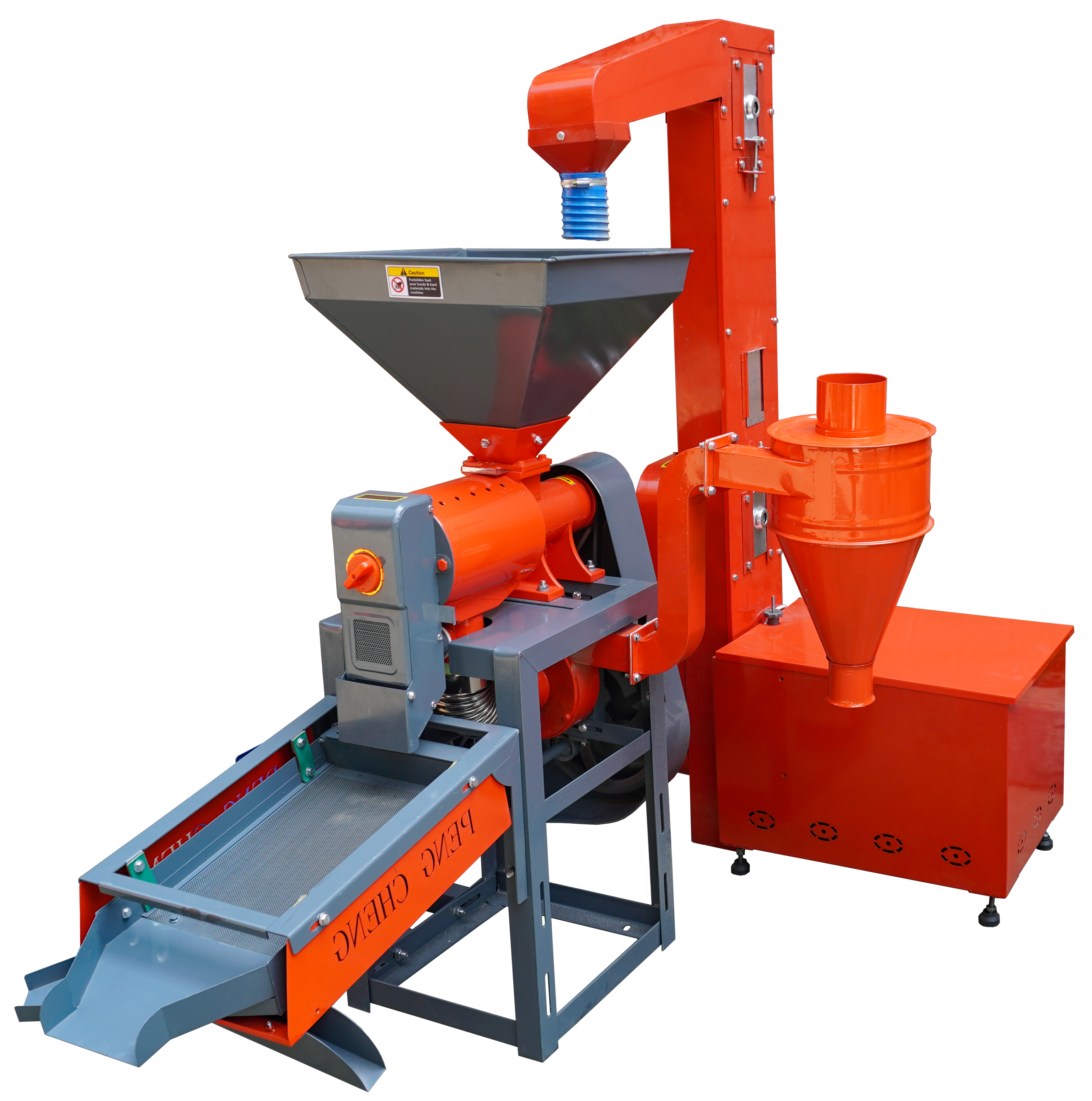Introduction
Rice - the staple food that nourishes a significant portion of over 50% population daily. We then have the processing of paddy into rice which has evolved over centuries - this is where modern rice mills come in. The focus of this article will be on the stages involved in rice processing within a modern, computerised rice mill.
Reason for Drying Paddy: It is done to reduce the moisture content in paddy which further helps in easy milling and control spoilage. It also guarantees a more uniform texture in your finished dish.
Farmers are able to dry the rice through traditional sun drying or modern mechanical drying ways. Sun drying is the method that uses natural sunlight, while mechanical drying makes use of custom equipment to regulate both temperature and airflow.
Husking
Who It Husking: The process, known as husking is the first inning for milling of rice in which approximate covering with tough structure (outer-most) is to be removed hence allowing brown rice. This is done through abrasive or friction processes
Variety of Husking Machines: Different kinds of husking based on hulling devices, e.g., rubber roll huskers and also impact-type huskers. Rubber roll huskers use a pair of counter-rotating rubber rolls to abrade the husk, while impact huskers make use of both the impacts and friction to strip it.
Whitening
Whitening: Whitening, which is also called milling; involves the removal of bran from brown rice so as to obtain white rice. A process of abrasion is performed in steps removing outer layers one at a time.
Worm length of machinewhitening-pearling machines or Whiteners which contain abrasive surfaces moving against the grain path and removing the bran layer.
Separation of By-PRODUCTS
Dehusking and hulling: In this process of dehusking or whitening, the outer shell is removed from the rice.Factory for Husk Bran removal from Rice. The kernel part(Bran)utensils time and then elevator to use as the Air2. Typically this requires air classifiers or sieves that sort material by size and weight.
Use of Waste: Even though husk and bran are not fit for eating, they can be utilized properly. They can be a feedstock for animals, biofuels or even in construction materials.
Polishing
Polishing: Polishing is the last part of rice milling, and polishes each kernel to give it a shiny look. It removes any husks and polishes the surface of the rice kernel.
Polishing helps in getting the fluffy look using polishing machines which continuously rotate rolls and make a soft coating on rice. Generally, the degree of polishing depends on both nature and variety others are polished more to achieve specific levels of glosslessness.
Sorting and Grading
Optical Sorting Machines: Following milling, the rice is separated and graded by optical sorting machines. The machines have cameras and sensors that can detect differences in colour, size and shape from the rule ensuring a standard quality of output.
Grade Based on Size and Quality- rice is graded as per size, length or presence of flagship. This classification leads to categories like long-grain, medium-grain, and short-grain rice.
Packaging and Storage
Packaging Regulations: Packaging is strict, packaging rice in order to keep it fresh and free from contaminants. This also requires food-safe materials, and sealing methods so that moisture or air does not come in.
Storage conditions: Storage is essential in preserving the quality of milled rice. Store in a cool, dry place out of direct sunlight and away from potential contaminants.
Quality Control
Significance of Quality Control: Another important step in the rice milling procedure is quality control operations. This way the last product is up to a standard of safety, taste and looks.
Methods of Inspection and Testing: There are different inspection as well as testing methods which include visual inspections, taste tests and laboratory analyses to determine the presence or absence of contaminants and nutritional assay.

Automation and Modern Technologies
Amount of Automaton: Automation has a huge role to play in modern rice mills as its streamlines will streamline the entire milling process and also increase efficiency. Automated systems can control the entire process, from cleaning to end packaging.
Newer Tech: With advanced tech like computer vision and artificial intelligence having found a place in rice milling, processing not only gets more accurate but saves on time efficient to boot. The technologies can be used to streamline the sorting and grading process, thus creating a finer quality product.
Environmental Considerations
Rice mills must ensure that any waste generated by their operations is managed responsibly, and not allowed to simply be thrown away.
Improves in Energy Efficiency and Sustainability: Measures are being undertaken to amplify the energy efficiency and sustainability parts of rice milling. This involves sourcing from renewable water and energy sources, and sustainable management of the resources such as using an automated monitoring system for regulatory compliance in releasing mill effluents. Working with authorities to improve waste control measures where highly polluting rice mills discharge their wastes.
Conclusion
Rice milling is the intricate journey that paddy takes to become white rice, something we consume for many meals. Every process from pre-cleaning and drying to husking whitening polishing is well monitored for optimizing the end product quality. Upcoming technologies and sustainability standards are expected to make rice milling even more efficient than it is today which will not only benefit the growers but also greatly contribute towards reducing carbon footprint.




